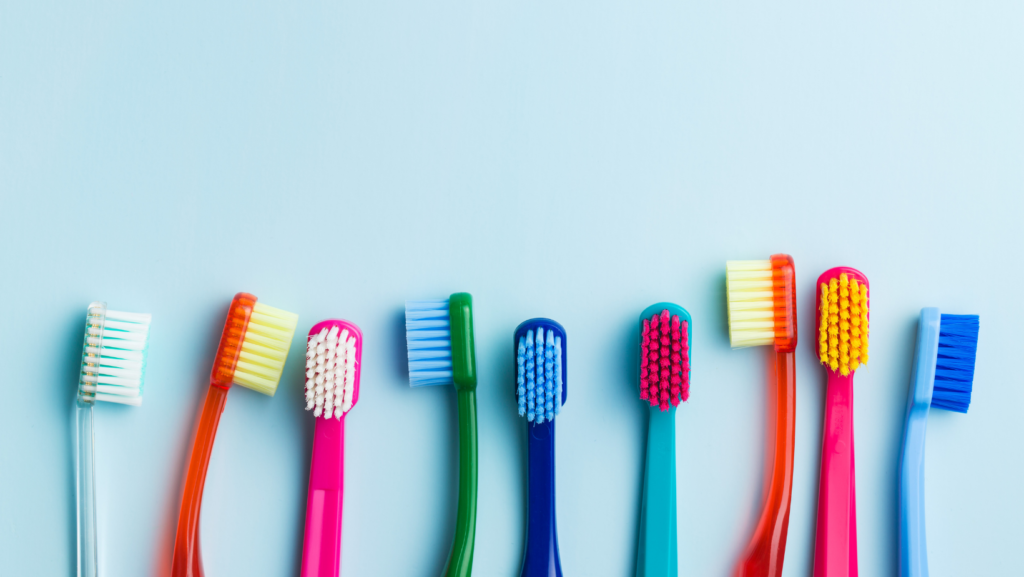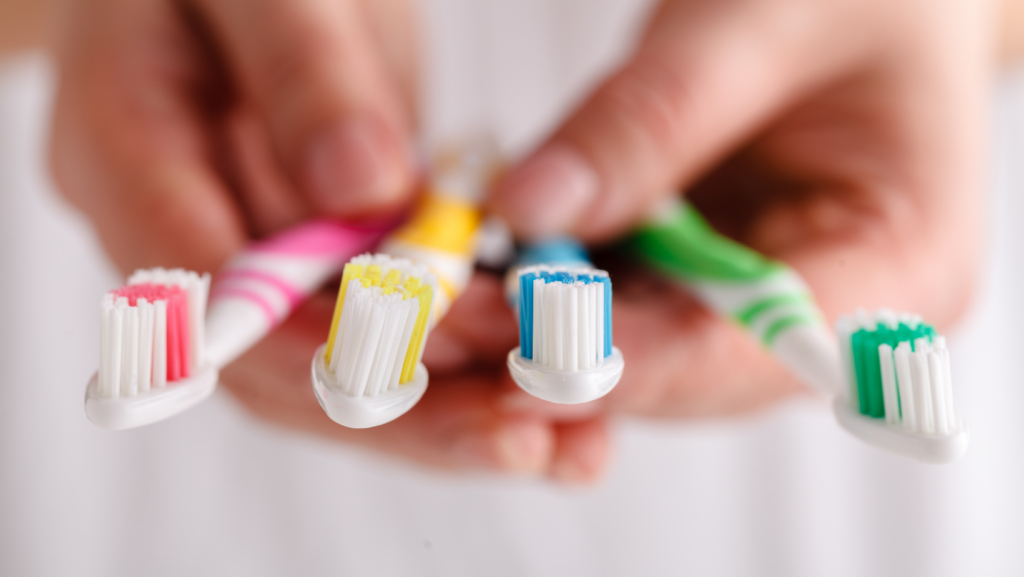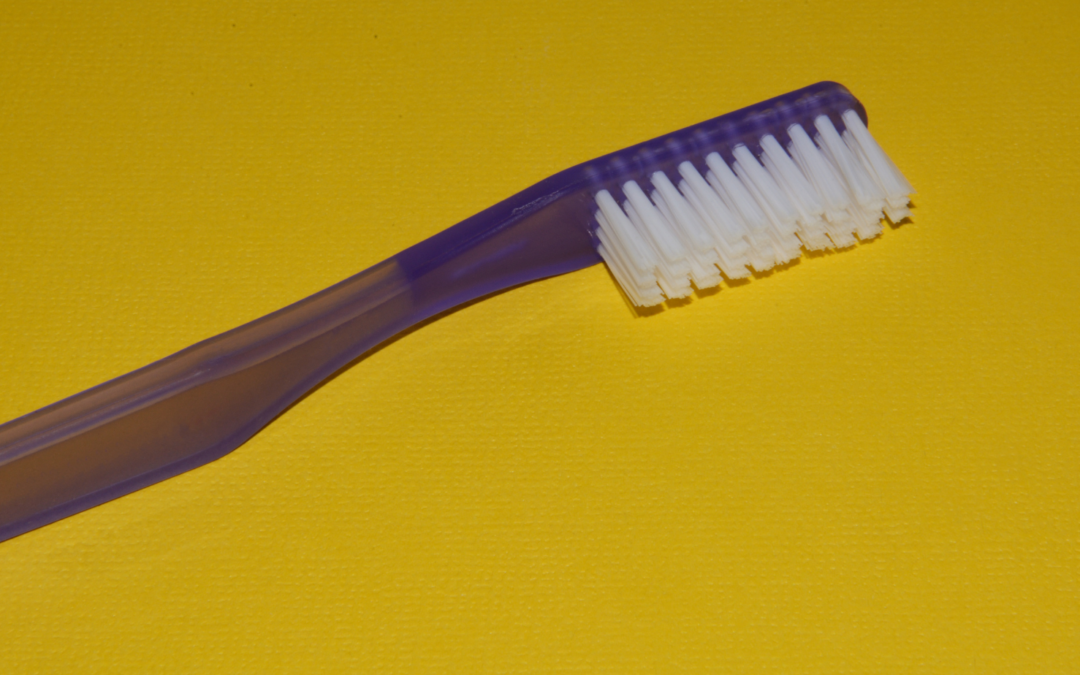We bet you think you know everything there is to know about manual toothbrushes. After all, they’re just a simple tool for keeping your teeth clean, right? Wrong!
As it turns out, there’s a lot more to these humble brushes than meets the eye. In fact, we’re willing to bet that you don’t know half of the things on this list. So without further ado, here are things you didn’t know about manual toothbrushes!
Toothbrushes are not just for humans
While toothbrushes are most commonly associated with human oral hygiene, they can actually be used to clean the teeth of other animals as well. Dogs and cats, for example, can benefit from regular tooth brushing just like we do. In fact, many veterinarians recommend that pet owners start brushing their pet’s teeth at an early age to prevent problems like gum disease later on. So, the next time you reach for your toothbrush, don’t be surprised if your furry friend tries to sneak a few brushstrokes in too.
There are over 50 different types of toothbrushes

When it comes to choosing a toothbrush, there are more options than ever before. In fact, there are over 50 different types of toothbrushes available on the market today. With so many to choose from, it can be hard to know which one is right for you. However, most dentists agree that the best type of toothbrush is one that has soft bristles and a small head. This allows for more precise cleaning and helps to avoid damaging the gums.
The average person spends 38 days of their life brushing their teeth
If you brush your teeth twice a day, as dentists recommend, then you will spend an average of 38 days of your life doing so. That’s over 10 hours a week! While this may seem like a lot of time, it’s important to remember that brushing your teeth is one of the most effective ways to prevent cavities and promote oral health. So, the next time you find yourself standing in front of the mirror with a toothbrush in hand, don’t think of it as a chore. Think of it as an opportunity to take care of your teeth and ensure a healthy smile for years to come.
The first manual toothbrush was invented in China over 5,000 years ago
It is estimated that the first manual toothbrush was invented in China over 5,000 years ago. Made from natural materials like hog bristles and bone, these early toothbrushes were quite different from the ones we use today. It wasn’t until the late 1800s that the first toothbrush as we know it was invented. Inspired by the design of a broom, this new type of toothbrush featured nylon bristles and a handle made of plastic or wood. Today, toothbrushes come in all shapes and sizes, with a variety of features designed to make brushing more effective. However, the basic principle remains the same: to clean teeth and promote oral health. The next time you reach for your toothbrush, take a moment to reflect on its long history and how far it has come.
Toothbrushes can be used for more than just cleaning teeth

While the primary purpose of a toothbrush is to clean teeth, it can actually be used for a variety of other tasks as well. For example, did you know that you can use a toothbrush to clean your nails? Or that you can use it to dust hard-to-reach places like light fixtures and ceiling fans? Toothbrushes are also great for scrubbing small items like jewelry and coins. So, the next time you’re looking for a versatile cleaning tool, don’t forget about your trusty toothbrush.
Toothbrushes can be recycled
Did you know that your toothbrush can be recycled? Most toothbrushes are made of plastic, which means they can be melted down and reused to make new products. Or, if you’re feeling creative, you can even upcycle your old toothbrush into a new one. For example, you can use bristles to make a new brush for your dog or cat. Or, you can use the handle to make a unique piece of jewelry. So, the next time you’re ready to replace your toothbrush, don’t throw it away. Recycle it instead!
Toothbrushes have come a long way
While the basic principle of a toothbrush has remained the same, the design has come a long way since its inception. The first toothbrushes were made of boar bristles, which were attached to a bone or wood handle. Today, toothbrushes are made of nylon bristles and a variety of different materials for the handle, including plastic and wood. Toothbrushes now come with a variety of features, such as built-in timers and pressure sensors. So, the next time you use your toothbrush, take a moment to reflect on its long history and how far it has come.
You’re not supposed to share your toothbrush
While it may seem like a good idea to share your toothbrush with someone else, it’s actually not recommended. This is because sharing a toothbrush can lead to the spread of bacteria and other germs. If you must share a toothbrush, be sure to sanitize it before and after use. The best way to do this is to soak the toothbrush in boiling water for 3-5 minutes. This will kill any bacteria that may be present on the brush.
Toothbrushes should be replaced every 3-4 months
While it may seem like you can use your toothbrush forever, it’s actually recommended that you replace it every 3-4 months. This is because the bristles can become frayed and worn down over time, which makes them less effective at cleaning teeth. In addition, bacteria can build up on the brush, which can lead to gum disease and other oral health problems. So, be sure to keep an eye on your toothbrush and replace it when necessary.
Conclusion
As you can see, there’s a lot more to toothbrushes than meets the eye. Whether you’re using it to clean your teeth or something else entirely, be sure to give your trusty toothbrush the respect it deserves. And, don’t forget to recycle it when you’re done!
